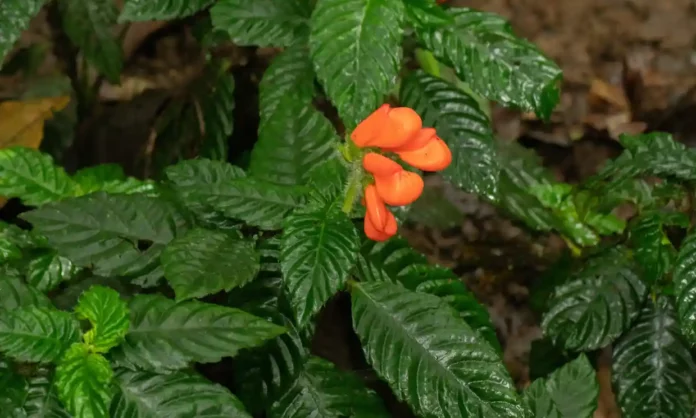A South American wildflower long believed to be extinct has been rediscovered. Gasteranthus extinctus was found by biologists in the foothills of the Andes mountains and in remnant patches of forest in the Centinela region of Ecuador, almost 40 years after its last sighting.
Extensive deforestation in western Ecuador during the late 20th century led to the presumed extinction of a number of plant species, including Gasteranthus extinctus – the reason scientists gave it that name.
Despite reports that more than 97% of forests in the western half of Ecuador have been destroyed or converted to farmland, including most of the Centinela Ridge, the researchers began searching last summer, starting by scouring satellite images to identify intact primary rainforest.
“Centinela is a mythical place for tropical botanists,” said Nigel CA Pitman, one of the researchers behind the discovery. “But because it was described by the top people in the field, no one really double checked the science. No one went back to confirm that the forest was gone and those things were extinct.
“We walked into Centinela thinking it was going to break our heart and instead we ended up falling in love.” The tropical wildflower is characterised by its neon-orange petals and big underside pouch, where pollinators can enter and exit.
The researchers identified the plant within the first few hours of searching, using only images of dried herbarium specimens, line drawings and a written description for reference.
Careful to not harm the rare remaining plants, they took photos and collected some fallen flowers before receiving confirmation of its identity from a taxonomic expert.
Despite its endangered status, Gasteranthus extinctus will keep its name. The research group is now working with Ecuadorian conservationists to protect some of the remaining fragments where the Centinelan flowers live.
“Rediscovering this flower shows that it’s not too late to turn around even the worst-case biodiversity scenarios, and it shows that there’s value in conserving even the smallest, most degraded areas,” said Dawson White, a postdoctoral researcher at the Field Museum in Chicago and joint lead author of the paper published in the PhytoKeys journal. “New species are still being found, and we can still save many things that are on the brink of extinction.”







